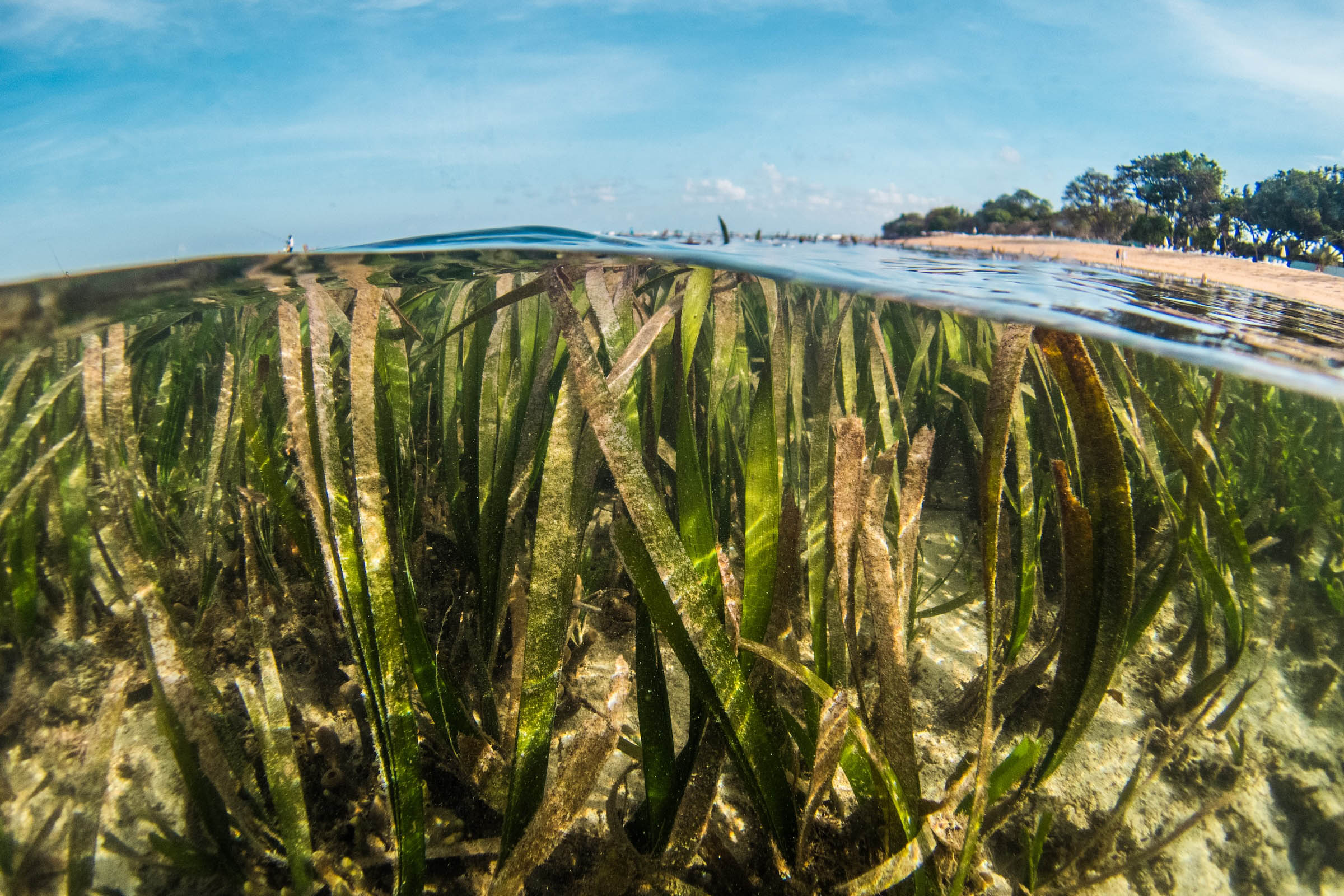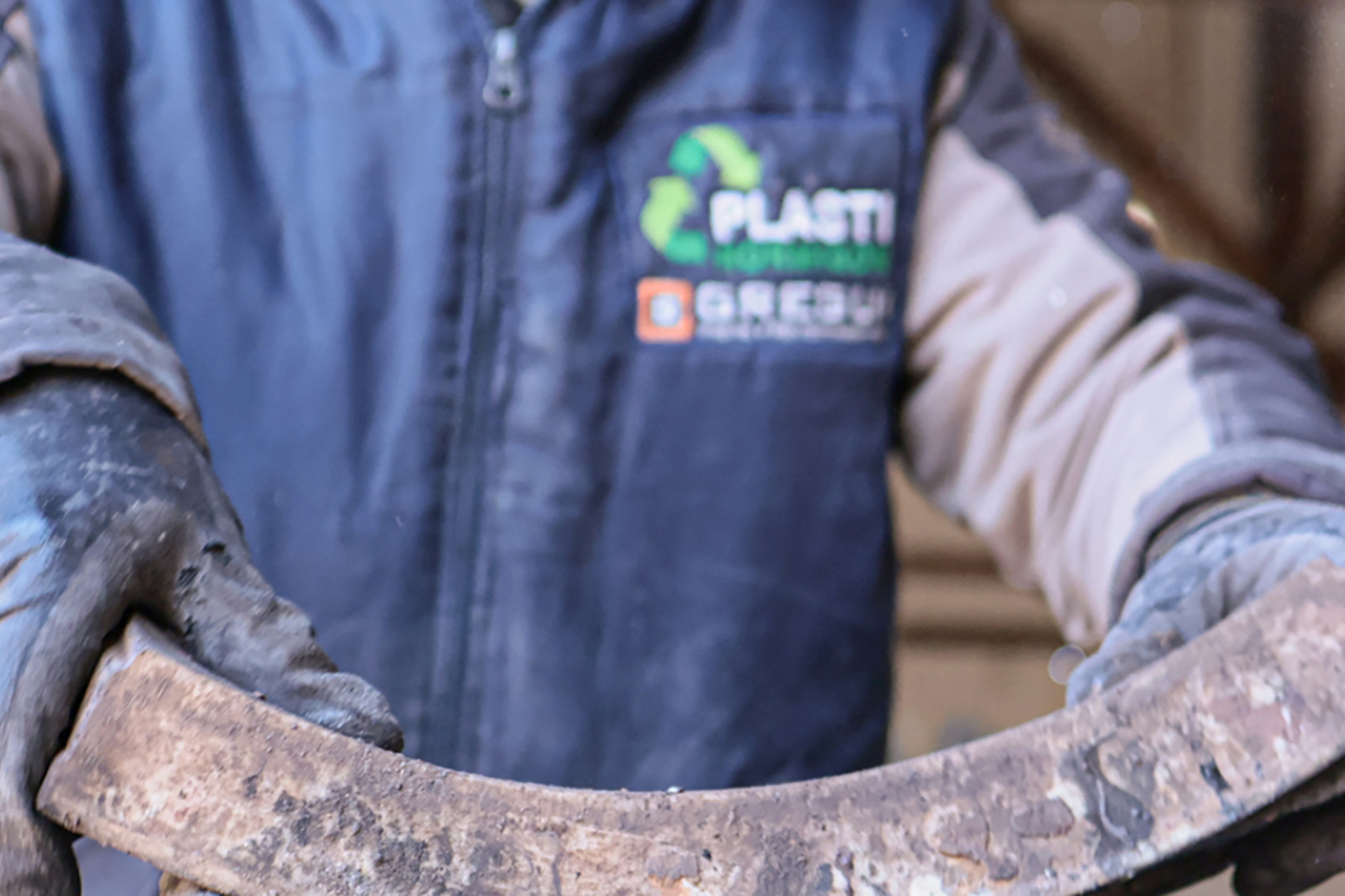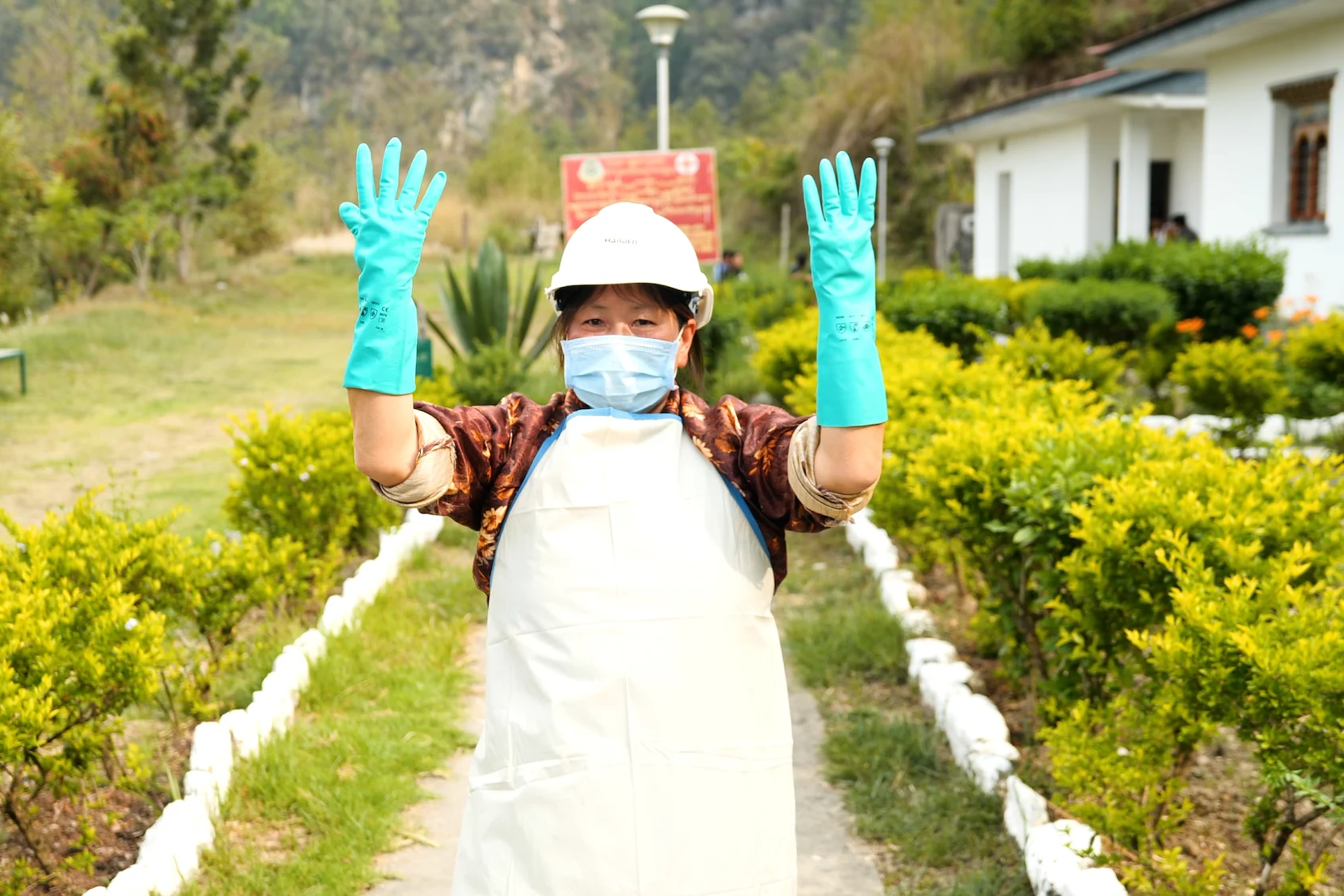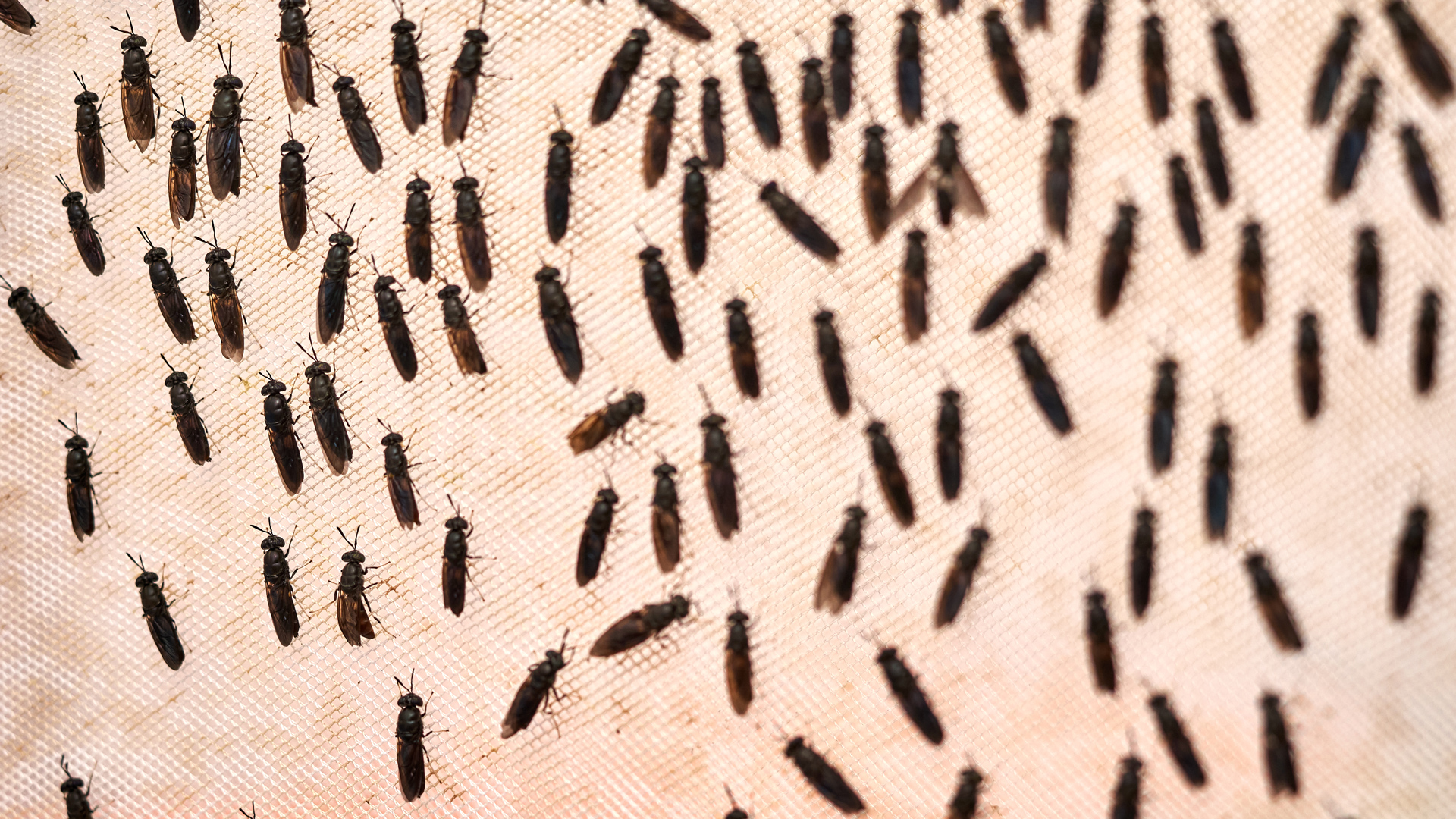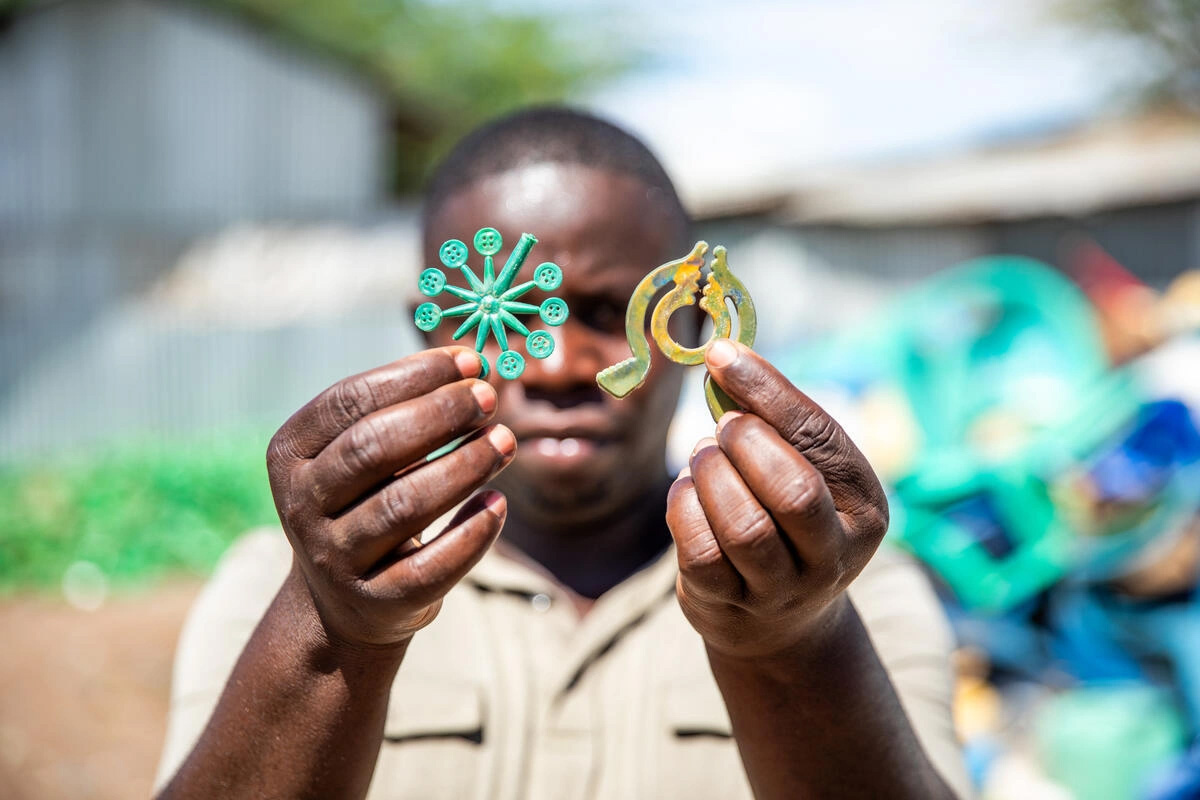In Egypt’s Nile Delta and beyond, young activists are leading efforts to combat toxic waste and climate threats, demanding environmental justice and sustainable solutions to protect communities and human rights.
Pollution and Waste
In the vibrant community of Medina Gounass, Senegal, Modou Fall, also known as the Plastic Man, is dedicated to advocating for a cleaner planet. He raises awareness about the dangers of plastic pollution and educates children on the urgent need for sustainable action to protect the environment.
Humanity's unsustainable production and consumption practices are pushing the planet toward destruction. Households, small businesses, and public service providers generate more than 2.1 billion tons of solid waste annually, yet 2.7 billion people lack access to waste collection services, and only 61% of waste is properly managed. Urgent action is needed to tackle this crisis. This year's International Day of Zero Waste (30 March) focuses on the fashion and textile sector, highlighting the need for circular solutions. A zero-waste approach is key to this transition. Watch our celebration on UN Web TV.
Seagrasses are marine flowering plants found in shallow waters around the world, from the tropics to the Arctic Circle. They provide a range of environmental, economic and social benefits to humans, making them one of the most valuable coastal and marine ecosystems on Earth, but they are under threat. The combined pressures of coastal development, pollution, climate change, dredging and unregulated fishing are damaging seagrass ecosystems. World Seagrass Day (1 March) raises awareness of the importance of managing, conserving and restoring seagrass for a sustainable blue economy.
To curb nitrous oxide emissions, we need to reduce synthetic fertilizer use, adopt more sustainable farming practices, and invest in better nitrogen management technologies.
Plastic is more widespread than we realize. While we recognize common items like bags and bottles, many everyday objects contain plastic in surprising ways. Ten unexpected sources of plastic include dust, air, clothing, fish, salt, drink cans, human blood, tea bags, paper cups, and snow. As countries work toward a global treaty to #BeatPlasticPollution, the fifth session of the Intergovernmental Negotiating Committee (INC-5) will be held in South Korea (25 November – 1 December), with the goal of creating a legally binding agreement to combat plastic pollution. The United Nations Development Programme (UNDP) is tackling the plastic pollution crisis through more than 200 projects and 1,000 community initiatives in 132 countries, helping governments develop policies and regulation.
Ugly, annoying, and destructive, super pollutants are invisible yet pervasive, contributing to 45% of global warming and causing significant harm to our health and the environment.
Worldwide, nearly one in three people cook on inefficient stoves or over open fires, breathing in harmful smoke.
The "Turning Waste into Wealth in Barbados" initiative transforms fish waste into valuable livestock feed and soil amendments, supporting local farmers and processors while advancing sustainable development and fisheries policy.
Ahead of the International Day of Clean Air for blue skies, UNEP warns of severe air pollution in East and Southeast Asia, urging immediate action to address the crisis and save lives.
Every year, the world produces around 430 million tonnes of plastic, most of which soon becomes waste. Central to any solution to plastic pollution is a concept known as the life-cycle approach.
The interconnectedness of healthcare waste management, climate change, and environmental degradation highlights the need for sustainable practices and technologies to protect both human health and the environment.
Sand and dust storms are an essential element of the Earth’s natural bio-chemical cycles, but are also caused in part by human-induced drivers including climate change, unsustainable land management, and water use, and in turn sand and dust storms contribute to climate change and air pollution. At least 25 per cent of global dust emissions originate from human activities. Sustainable water and land management practices can decrease the impacts of sand and dust storms. The International Day of Combating Sand and Dust Storms (12 July) brings attention to this formidable and wide-spread challenge.
In early 2023, Abidjan, Côte d'Ivoire, faced a growing organic waste problem. The city reached out to the Food and Agriculture Organization of the United Nations (FAO) for help. FAO's project, BioDAF, aimed to turn organic waste into a resource using the Black Soldier Fly. The idea was to get the flies to mate, give their offspring tons of garbage to eat, and then dry the larvae to use as either feed for livestock or powdered food for fish farms. The project received funding from FAO’s ELEVATE programme, which supports innovative agricultural solutions.
Refugee entrepreneur Raphael transforms Kakuma camp in Kenya through plastic recycling, creating jobs and fostering environmental sustainability.



